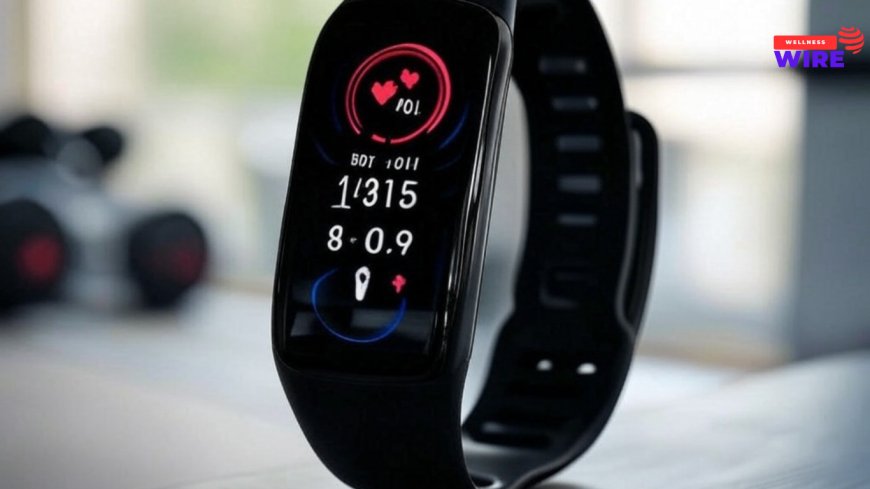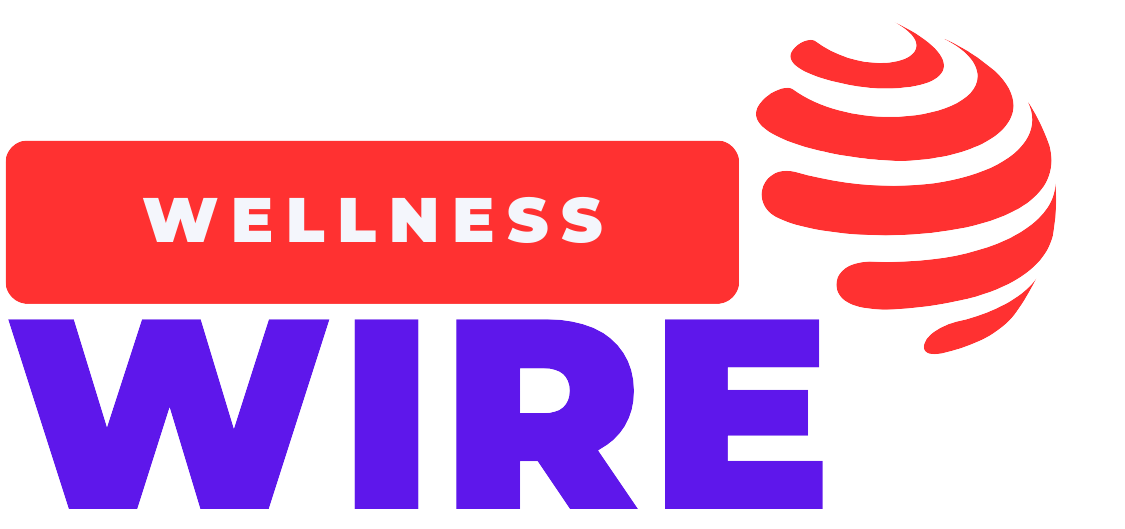Are Wearable Health Devices Actually Accurate? The Truth Behind Fitness Trackers and Smartwatches
How accurate are wearable health devices like Fitbit and Apple Watch? Discover the truth about fitness trackers, their limitations, and what you can trust.

Introduction
Wearable health devices have become a staple in modern wellness, promising real-time tracking of heart rate, sleep patterns, oxygen levels, and even stress levels. But as more people rely on fitness trackers and smartwatches to monitor their health, an important question arises—how accurate are these devices?
From Apple Watch to Fitbit and Garmin, companies claim their wearables provide precise health metrics. However, recent research suggests that while these gadgets can offer valuable insights, they are not always as reliable as medical-grade devices. In this article, we’ll dive into how wearable health technology works, which measurements are accurate, where they fall short, and whether you should trust them for medical decisions.
How Do Wearable Health Devices Work?
Most wearable health devices use sensors and algorithms to estimate various physiological parameters. The core technologies include:
- Photoplethysmography (PPG): Uses green, red, or infrared light to measure blood flow and estimate heart rate and oxygen saturation.
- Accelerometers & Gyroscopes: Track movement, step count, and activity intensity.
- Electrodermal Activity Sensors (EDA): Monitor stress by detecting skin conductivity changes.
- Electrocardiography (ECG): Found in advanced wearables like the Apple Watch, this technology records electrical signals from the heart.
These devices collect vast amounts of data, but their accuracy varies depending on factors like skin tone, motion artifacts, and sensor quality.
Which Health Metrics Are Wearables Good At Measuring?
1. Heart Rate Monitoring: Reasonably Accurate
Wearable devices can effectively measure resting heart rate, with studies showing Fitbit, Apple Watch, and Garmin devices have around 90% accuracy for general heart rate tracking (source).
However, during intense exercise, accuracy decreases. A study published in The Journal of Medical Internet Research (source) found that wrist-worn heart rate monitors had an error rate of up to 13.5% during high-intensity workouts compared to chest strap monitors, which are more precise.
2. Sleep Tracking: Good for Trends, Not Exact Data
Sleep trackers, including those in Oura Ring, Whoop, and Fitbit, estimate sleep duration and stages using motion sensors and heart rate variability (HRV). While they can provide a general idea of sleep quality, they are less reliable than polysomnography (PSG), the gold standard in sleep studies.
A review in Sleep Medicine Reviews (source) found that most wearables overestimate sleep duration and struggle to distinguish between deep and REM sleep accurately.
3. Blood Oxygen (SpO2) Readings: Not Always Reliable
Pulse oximeters in devices like Fitbit and Garmin claim to measure oxygen saturation levels, but their accuracy can be inconsistent. A study in The New England Journal of Medicine (source) revealed that wearables tend to be less accurate in individuals with darker skin tones due to how light sensors interact with melanin.
For medical-grade accuracy, finger pulse oximeters used in hospitals are far more reliable than smartwatch SpO2 readings.
4. ECG and Irregular Heart Rhythm Detection: Highly Reliable
Apple Watch and Fitbit Sense have FDA-cleared ECG functionality, which can detect atrial fibrillation (AFib) with high accuracy. Research from the American College of Cardiology (source) found that the Apple Watch correctly identified AFib in 84-98% of cases, making it a valuable tool for detecting potential heart issues.
However, while ECG-equipped smartwatches can help screen for heart rhythm abnormalities, they should not replace traditional medical ECG tests conducted by professionals.
5. Step Counting and Calorie Estimates: Inconsistent
Most fitness trackers rely on accelerometers to estimate step counts and calorie expenditure. While they can give a general idea of movement trends, studies show they often overestimate calorie burn by 20-50% depending on the brand and model (source).
For more accurate calorie tracking, pairing a wearable device with a heart rate chest strap or metabolic testing provides better results.
Limitations and Accuracy Issues of Wearable Health Devices
Despite their technological advancements, wearable health devices have several limitations:
✔ Skin Tone Sensitivity: Studies show that dark skin tones can impact the accuracy of optical sensors used for heart rate and oxygen tracking (source).
✔ Motion Artifacts: Excess movement (e.g., running, weightlifting) can reduce accuracy in heart rate and SpO2 readings.
✔ Battery Limitations: To conserve battery life, some devices reduce the frequency of data collection, affecting real-time monitoring.
✔ Algorithm Bias: Each company uses proprietary algorithms, leading to differences in how data is processed and displayed.
Should You Trust Wearable Health Devices?
Wearable health technology has improved significantly, but it’s essential to view these devices as general wellness tools rather than medical-grade instruments.
When to Trust Wearables:
✔ Monitoring trends over time (e.g., sleep patterns, heart rate variability).
✔ Tracking step count and daily movement.
✔ Detecting irregular heart rhythms like AFib (if FDA-cleared).
When NOT to Rely on Wearables Alone:
✖ Diagnosing serious medical conditions.
✖ Precise calorie tracking or exercise intensity measurement.
✖ Medical decisions based on SpO2 readings without clinical confirmation.
If a wearable device shows concerning data (such as irregular heart rhythms or low oxygen levels), always consult a healthcare professional for further evaluation.
Final Thoughts
Wearable health devices are powerful tools that offer valuable insights into our fitness and overall wellness. However, they are not foolproof and should not replace medical-grade devices or professional healthcare advice.
For those looking to improve their health habits, using wearables as a guide rather than an absolute measure is the best approach. As technology advances, we can expect even greater accuracy and reliability in the future. Until then, use them wisely—but don’t take every number at face value.
What's Your Reaction?
 Like
0
Like
0
 Dislike
0
Dislike
0
 Love
0
Love
0
 Funny
0
Funny
0
 Angry
0
Angry
0
 Sad
0
Sad
0
 Wow
0
Wow
0



















































